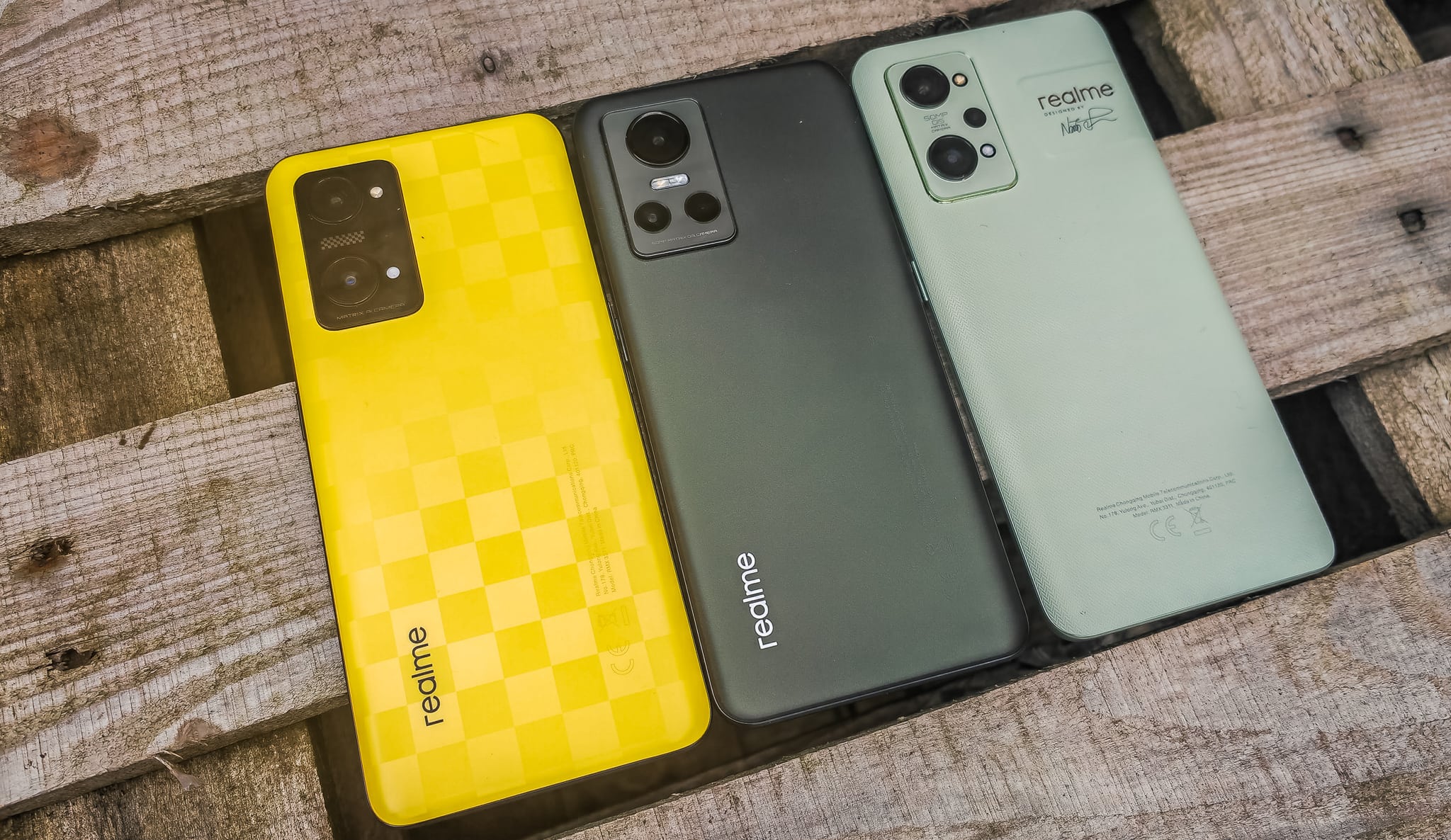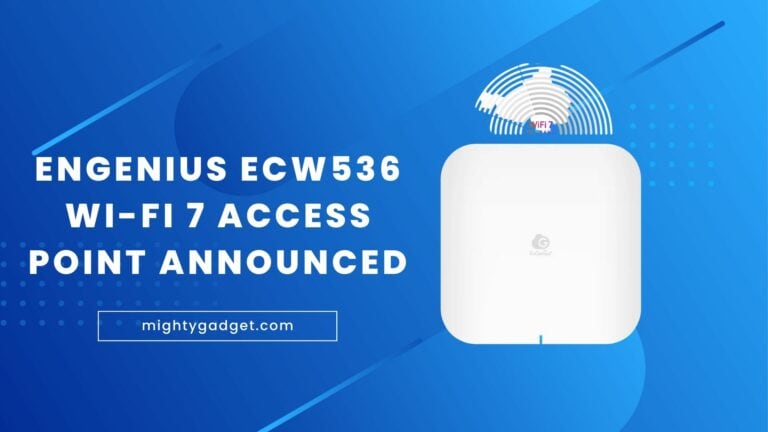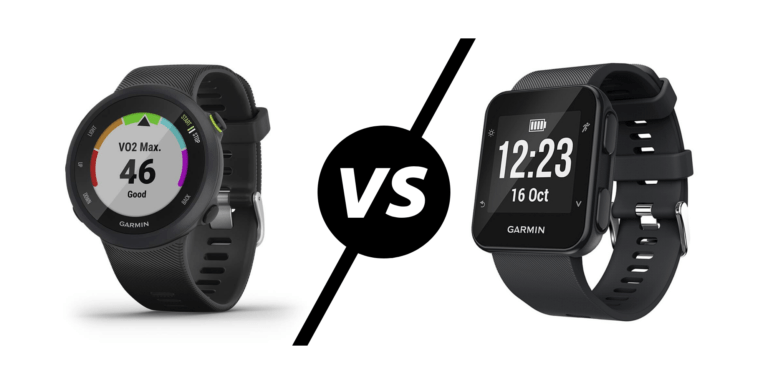Any links to online stores should be assumed to be affiliates. The company or PR agency provides all or most review samples. They have no control over my content, and I provide my honest opinion.
Realme has launched the Realme GT Neo 3 150W globally, and it is joined with the new and more affordable GT Neo 3T.
The Realme GT Neo 3 150W has two notable features. The first is the 150W charging which claims to provide a 50% in just 5 minutes, and as far as I am aware, this is the fastest charging phone commercially available.
It is also the first phone to launch in the EU/UK, featuring the Mediatek Dimensity 8100. This is a premium chipset that provides flagship-like performance without the cost. The MediaTek Dimensity 9000 sits above this, but at the moment, there is only the Chinese version of the Oppo Find X5 Pro which features this.
The more affordable Realme GT Neo 3T uses the Qualcomm Snapdragon 870, which is quite as good in my testing, and it has slower charging and a slightly inferior primary camera.
Realme GT Neo 3 vs Realme GT Neo 3T Specification
| Realme GT Neo3 150W | Realme GT Neo3T | |
|---|---|---|
| Display | AMOLED, 1B colors, 120Hz, HDR10+ 6.7 inches 1080 x 2412 pixels, | AMOLED, 120Hz, HDR10+, 1300 nits (peak) 6.62 inches 1080 x 2400 pixels |
| Chipset | MediaTek Dimensity 8100 | Qualcomm Snapdragon 870 |
| RAM | 12GB | 8GB |
| Storage | 256GB | 256GB |
| Rear Camera | 50 MP, f/1.9, 24mm (wide), 1/1.56", 1.0µm, PDAF, OIS 8 MP, f/2.3, 15mm, 120˚ (ultrawide), 1/4.0", 1.12µm 2 MP, f/2.4, (macro) | 64 MP 8 MP, f/2.3, 15mm, 120˚ (ultrawide), 1/4.0", 1.12µm 2 MP, f/2.4, (macro) |
| Front Camera | 16 MP, f/2.5, 26mm (wide), 1/3.09", 1.0µm | 16 MP, f/2.5, 26mm (wide), 1/3.09", 1.0µm |
| Battery | 4500 mAh (150W model) 5000 mAh (80W model) | 5000 mAh |
| Charging | 150W and 80W models | 80W |
Design and Display
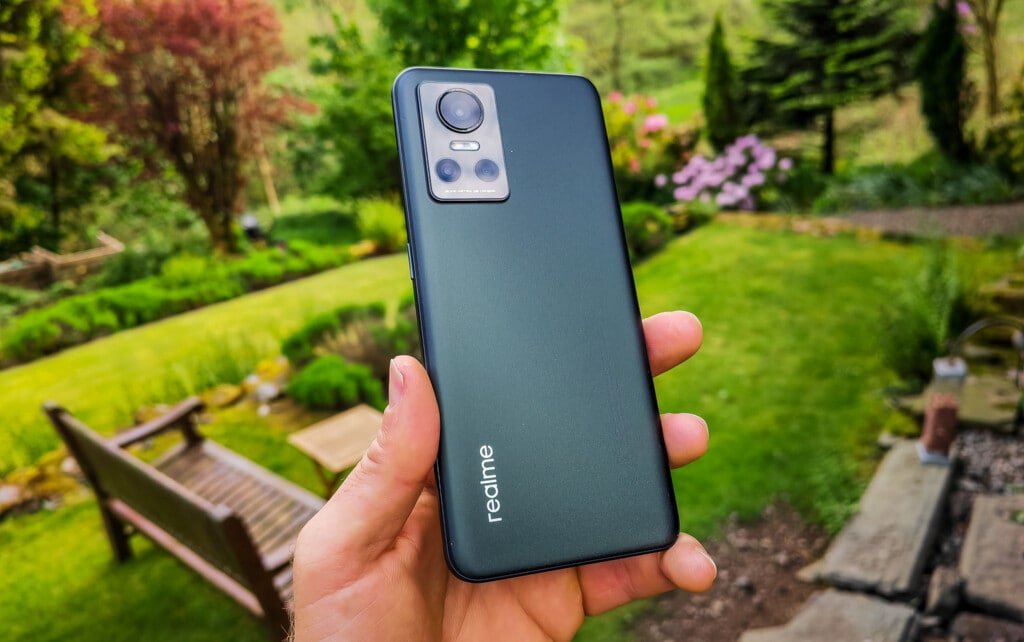
Realme has been experimenting with lots of different colours and textures for the back panel of their phones recently. However, my sample of the Realme GT Neo 3 150W is surprisingly subdued with a plain black colour. The matte finish gives it a slightly off-black appearance; it almost looks like there is some green in it. You then have minimalist branding with no annoying CE marking or other unsightly lettering (unlike the OPPO Find X5 Pro). The overall appearance is basic but smart.
For the display, you have a 6.7 inches display running at 1080 x 2412 pixels and 120Hz with a central punch hole. What is odd here is that the GT Neo 3T and the GT2 appear to have identical displays, so I am unsure why the Neo 3 uses something slightly different. Not that it really matters, placing all three phones side by side, I can barely tell the difference.
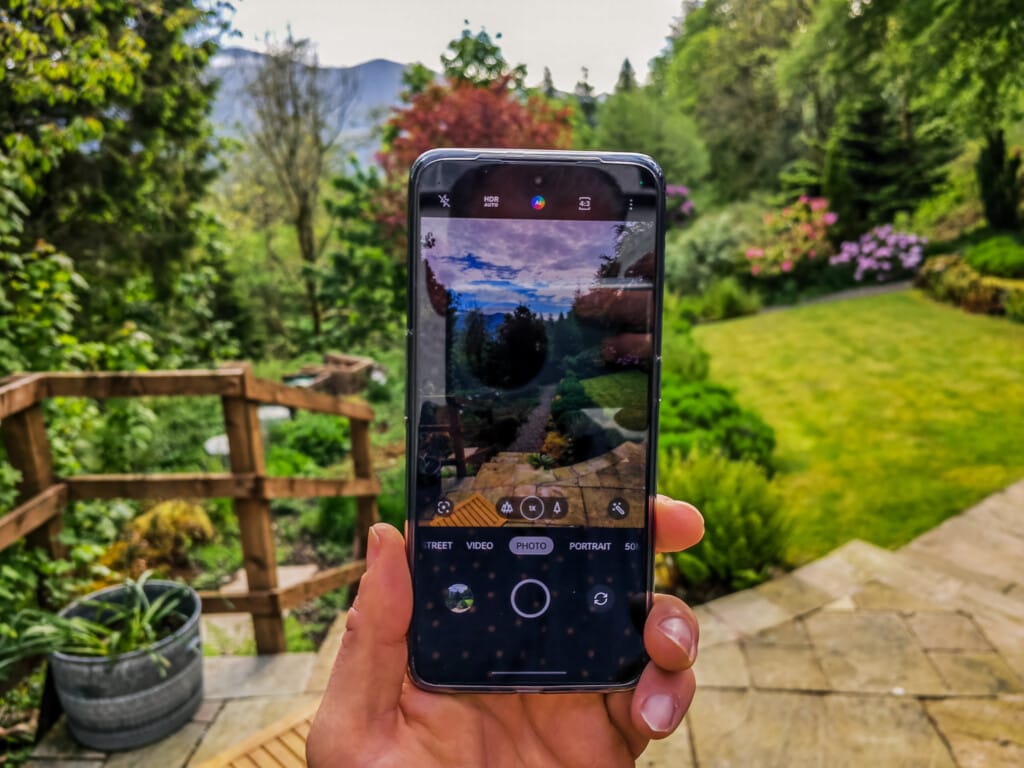
Beyond the back panel and display, there is very little difference between all the Realme phones in my possession.
Camera
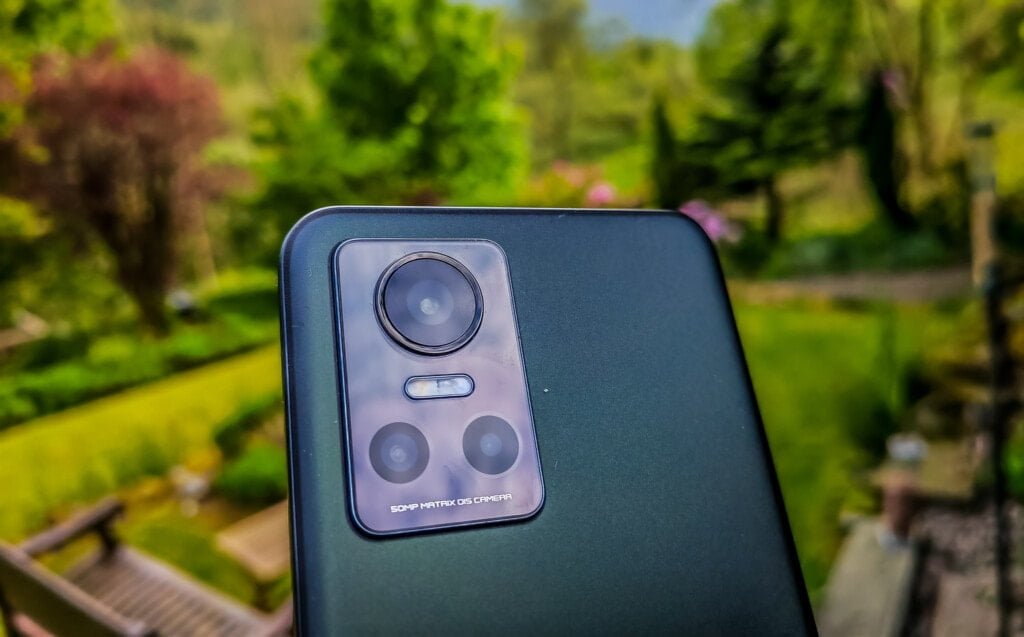
The 50MP Sony IMX766 has been used on a huge number of phones this year. Realme has used it on the 9 Pro+, GT2, GT2 Pro, and now the GT Neo 3. OnePlus and OPPO both use it extensively, and the Honor Magic4 Pro also uses it.
It is a superb camera sensor and has really raised the quality of photography in phones in more affordable price brackets.
The IMX766 main sensor on this phone has the same overall experience as the GT2 and 9 Pro+ I have reviewed previously. It is capable of excellent shots, and I think most people would be more than happy with it.
One thing worth noting is that Realme has a tendency to aggressively overexaggerate colours, especially if you have the AI feature enabled. I don’t personally mind it, it gives you visually more impressive results, but people wanting a more natural look will want to switch the AI off.
The below comparison is a bit of an extreme example, you can see just how different Realme processes things in comparison to Honor, which was using the same camera sensor.


As for the other camera sensors, they are your typical generic cameras. The 8MP ultrawide does an acceptable job when you are short on space, and the macro camera is not amazing.
The front camera is also average, it does an acceptable job for me, who rarely uses the selfie camera but others may wish for me.
Photo Gallery



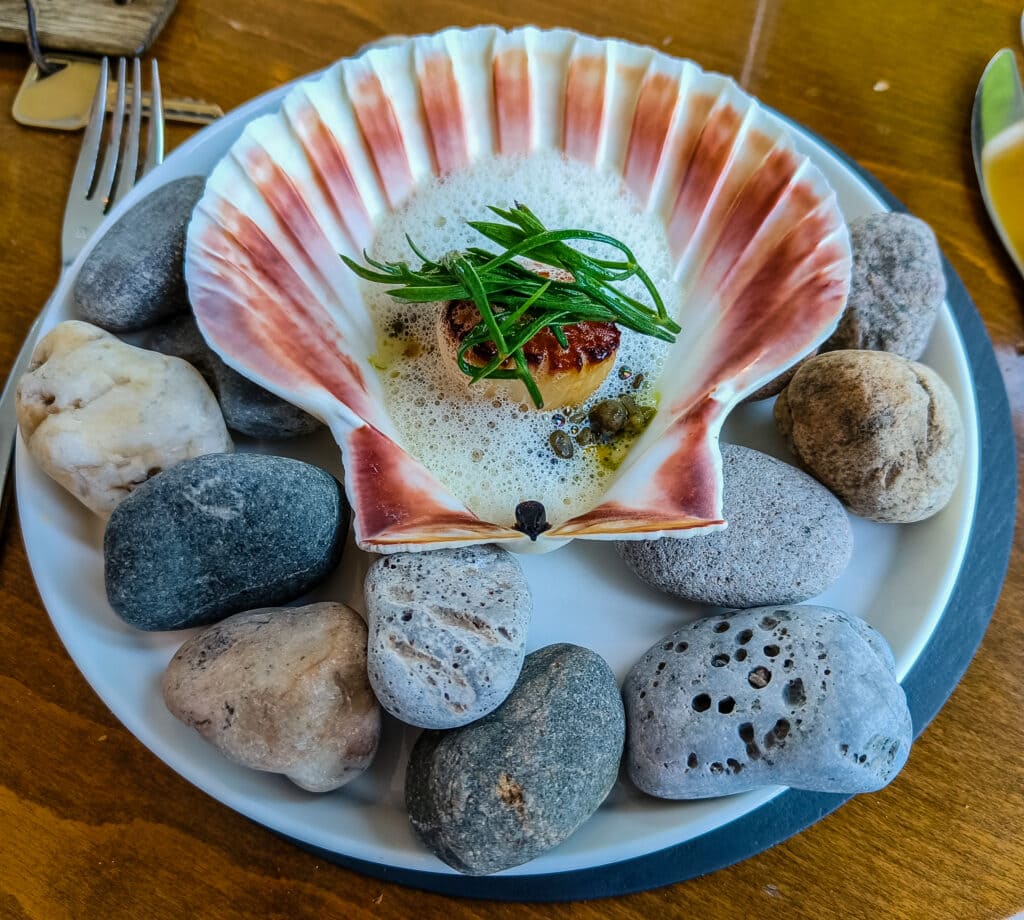











Performance and Thermal Throttling
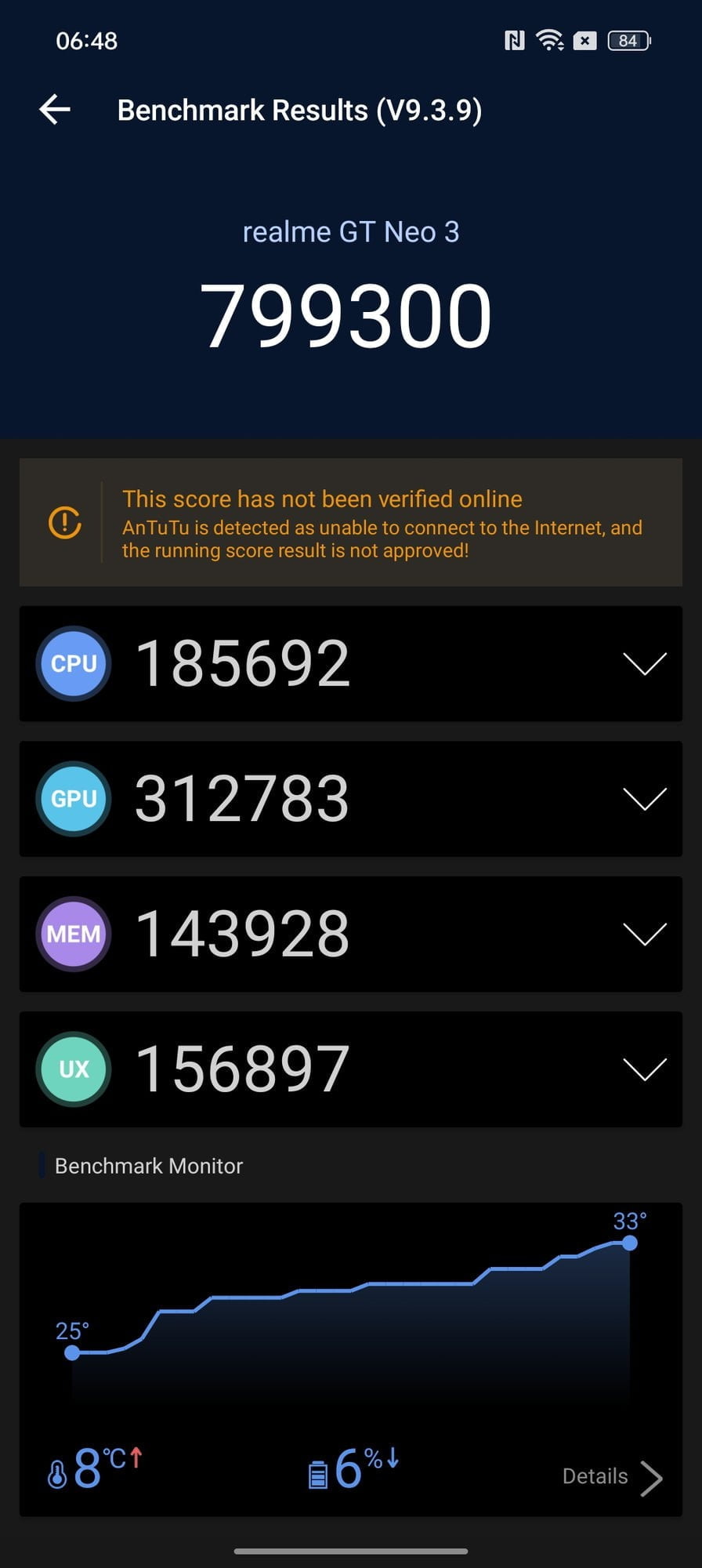
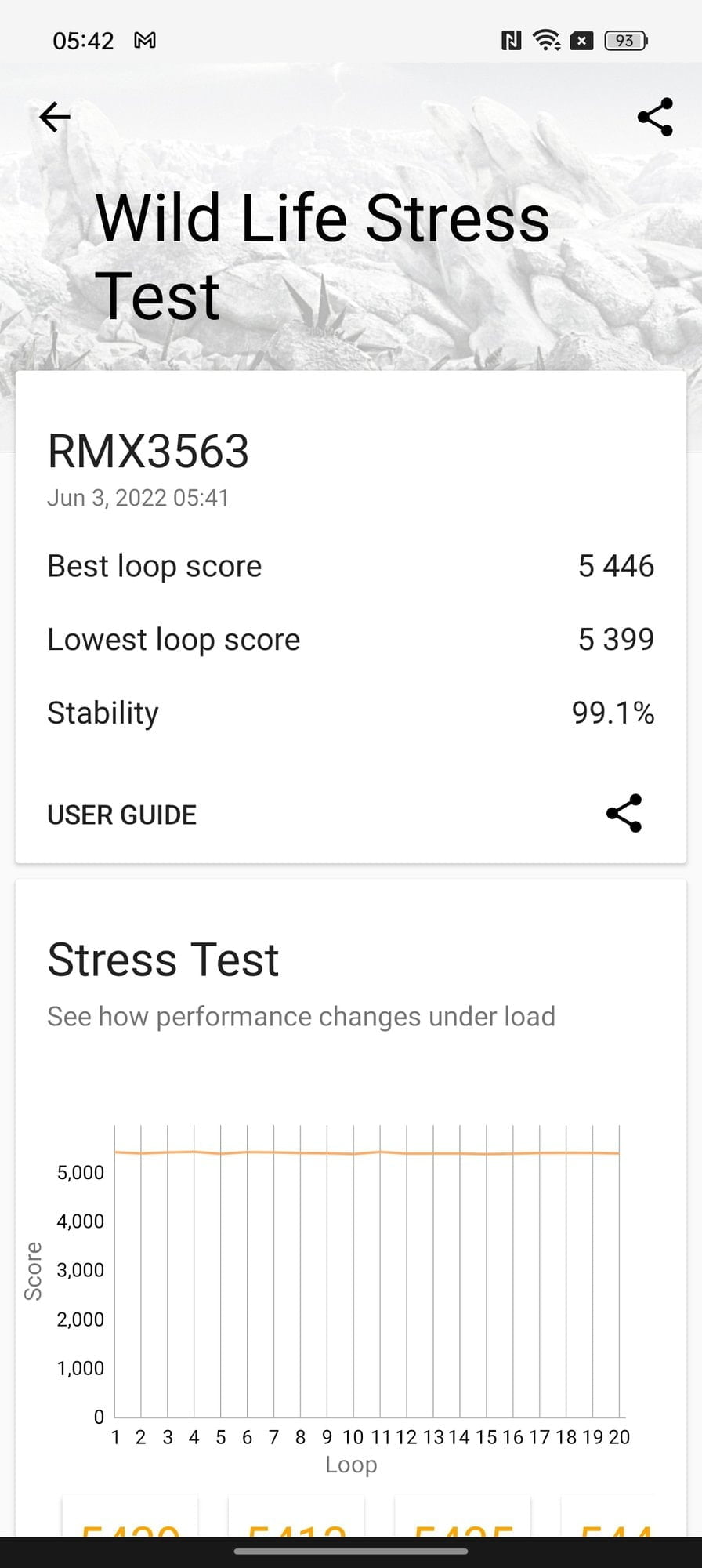
I have done a deeper dive into the performance of both the Realme GT Neo 3 and the Realme GT Neo 3T showing how the MediaTek Dimensity 8100 performs against the Qualcomm Snapdragon 870.
The benchmarks indicate that the Dimensity 8100 provides a similar level of performance as the flagship Qualcomm Snapdragon 888 from last year (and this years Realme GT2) without the associated issues with thermal throttling and poor battery life.
Day to day performance is superb. The combination of the high refresh rate screen and powerful chipset means everything feels instantaneous.
Battery
With the 150W model, you lose out on 500mAh of battery, giving you just 4500 mAh. During my time with the phone, I was more than happy with the battery life, it easily gets through the day with no issues.
The PCMark 2.0 Battery Test scored an admirable result, but it was lower than the GT Neo 3T. However, I can’t be sure if this was a case of user error, and I possibly had the screen brightness calibrated incorrectly.
Testing the 150W charging had predictably impressive results. When I tested it, my phone had died, so I had to wait a minute for it to have enough power to boot.
I think it showed 2% when I started the stopwatch and noted down the percentage charge at various times:
- 25% in 3 minutes
- 30% in 3m35s
- 50% in 6m 30s
- 66% in 10 minutes
- 75% in 11m 50s
- 80% in 13 minutes
- 91% in 16 minutes
- 95% in 17m 20s
- 99% in 18m 40s
- 100% in 19 minutes
That’s technically a bit slower than the official numbers I have seen, but I wasn’t particularly about the exact time or percentage. It’s close enough, and it is insanely fast.
I know a lot of people express concern about these charge speeds and the effect on a battery. For me, I normally slow charge overnight and use faster charging when I need a top-up.
In particular, these charge speeds are amazing when you travel. I took the charger away with me on a recent trip, I took dozens of photos and used Google maps a lot, which will quickly drain the battery in any phone. I normally have a short downtime in the hotel before heading out in the evening; being able to charge my phone from flat to full in 20 minutes is just incredibly handy, especially for anyone that gets anxious about low battery.
At the time of writing, I am not sure of the pricing difference between the 80W and 150W models. I think I would find it difficult to choose between the two; 80w charging is still incredibly fast, so I am not sure if I would prefer the extra 10% battery life.
Software
This is the fourth Realme phone I have reviewed this year. At this point, the software experience is well documented, and it is largely the same as ColorOS and OxygenOS.
I quite like Realme UI, but I think that is more due to my familiarity with it.
Just like my previous reviews, there is an annoying amount of bloatware installed, but most of this can be removed.
I have found that Realme have been reasonably good with regular updates, but long term OS upgrades are perhaps not as good as others.
Price and Alternative Options
The Realme GT NEO 3 is priced at £599.99 (12GB+256GB) for the 150W variant.
The Realme GT NEO 3T is available for £369.00 (8GB+128GB). Furthermore, in select European markets, the hotly anticipated GT NEO 3T Dragon Ball Z Edition is launching at €499.99 (8GB+256GB), featuring 80W charging paired with the flagship Snapdragon 870 processor, as well as a new variant of Buds Air 3 in the new Nitro Blue design, at €79.99.
The Realme GT Neo 3T chipset performance is similar but not quite as good for gaming, the camera is not as good, and it has slower charging. It is worth noting that the Realme GT Neo 2 is almost identical to the Neo 2. Not that it particularly matters, but it isn’t bringing much new to the table.
The closest alternative would be the Realme GT2 which is £500 on Amazon (£550 RRP) for the 12GB / 256GB model. The overall experience with this phone is almost identical, with just minor differences in the chipset performance, battery and charging.
The superior Realme GT 2 Pro is £699, and this has the Snapdragon 8 Gen 1, a better display and a vastly superior ultra-wide camera.
The new OnePlus Nord 2T is priced from £369 it is inferior in most ways but is likely more affordable and still worth considering.
The Pixel 6 is £599 RRP but currently £499. The Pixel has better brand recognition, no bloatware and a better primary camera (if you want something more natural), but it fails to compete elsewhere.
Overall
I was pleasantly surprised with the Realme GT2 when I reviewed it in February, it wasn’t that different from the original Realme GT, but the improved camera performance made it a well-rounded phone.
I’d say the Realme GT Neo 3 150W is easily a better phone, I think the Dimensity 8100 is a superior chipset than the SD888, and you also have the insanely fast 150W charging.
The launch price is a little disappointing, but I guess it makes sense for Realme to price it this way to avoid cannibalising sales of the Realme GT2. Based on this launch price of the GT Neo 3 150W, I think it is quite difficult to decide which phone to go for.
Realme GT Neo 3 150W Review Rating
Summary
The Realme GT Neo 3 150W is a superb phone and better than the Realme GT2 I previously reviewed. I love the Dimensity 8100, and the 150W charging is insanely fast and very useful when you are short on time. The price feels a little high but I expect it will drop quickly.
Overall
85%-
Overall - 85%85%
Pros
- Dimensity 8100 is arguably better than the SD888
- 150W charging is incredible
- Primary camera is excellent
Cons
- Realme GT2 is almost the same but £100 cheaper
I am James, a UK-based tech enthusiast and the Editor and Owner of Mighty Gadget, which I’ve proudly run since 2007. Passionate about all things technology, my expertise spans from computers and networking to mobile, wearables, and smart home devices.
As a fitness fanatic who loves running and cycling, I also have a keen interest in fitness-related technology, and I take every opportunity to cover this niche on my blog. My diverse interests allow me to bring a unique perspective to tech blogging, merging lifestyle, fitness, and the latest tech trends.
In my academic pursuits, I earned a BSc in Information Systems Design from UCLAN, before advancing my learning with a Master’s Degree in Computing. This advanced study also included Cisco CCNA accreditation, further demonstrating my commitment to understanding and staying ahead of the technology curve.
I’m proud to share that Vuelio has consistently ranked Mighty Gadget as one of the top technology blogs in the UK. With my dedication to technology and drive to share my insights, I aim to continue providing my readers with engaging and informative content.

